Plastic Pipes A Water Contamination Risk After Fire, Data Shows
Plastic pipes release chemicals into water after exposure to high heat, study finds.
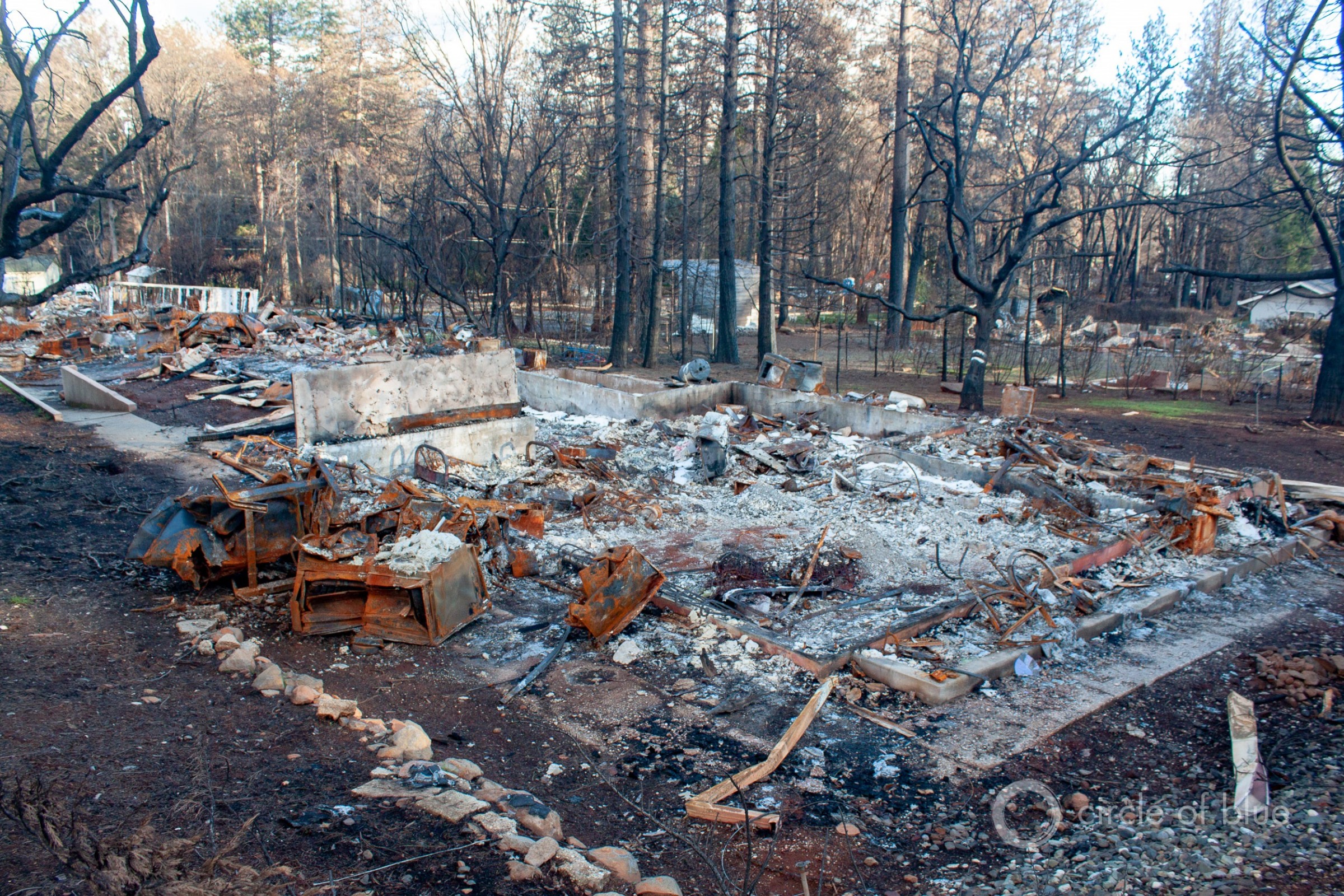
Homes in Paradise were destroyed in the Camp Fire, in November 2018. The fire contaminated the town’s water distribution system and residential plumbing with volatile organic chemicals. Photo © Brett Walton/Circle of Blue
By Brett Walton, Circle of Blue
Wildfires in California have been brutal in recent years, not only torching millions of acres of forest but also blazing through developed areas with vicious force.
Fifteen of the 20 most destructive fires in state history have occurred since 2015, obliterating thousands of homes and buildings statewide, from the Sierra Nevada foothills to the Coast Range.
Because these fires are now burning where people live — or, people are living where the fires are — new hazards to health and infrastructure have emerged in the ashes. Among them is the contamination of drinking water, which occurred after catastrophic fires in Santa Rosa, in 2017, and in Paradise a year later. Chemical contaminants such as benzene, a carcinogen that affects blood and bone marrow, were also found in community water systems in Santa Cruz County this year following the CZU Lightning Complex Fire.
Andrew Whelton has been in the thick of the search to identify those risks to water systems, having assessed plumbing damage in Santa Rosa and Paradise.
Now, Whelton and his Purdue University research team have found evidence to partially answer a lingering question: what is the source of volatile and semi-volatile organic chemicals that were found in those water systems? Are they pulled into the pipes when water systems lose pressure during fires? Do they come from damage to the plastic pipes themselves?
Laboratory tests conducted by the Purdue team showed that high temperatures impair the plastic pipes that are used for water distribution and home plumbing. The heat caused the pipes in the experiment to degrade and leach benzene, toluene, ethylbenzene, xylene, and other compounds into water.
The study does not rule out the possibility that water contamination occurs when smoke and other chemicals in the air are pulled into water distribution lines. Whelton believes that in an active fire scenario there are multiple contamination pathways — though for obvious reasons doing field work during a fire to demonstrate this is nearly impossible. Nonetheless, the study does show that plastic pipes can contribute chemical contaminants to water after being exposed to heat.
“This was a theory,” Whelton wrote in an email to Circle of Blue. “We believe the evidence we have [has] shown this mechanism is quite possible.”
Performance under Fire
Plastic pipes are used for a variety of plumbing purposes, from large-diameter water mains to the smaller service lines that deliver water into a building. Inside the building, plastic pipes transport hot and cold water, as well as connect to refrigerator ice makers. There are plastics in gaskets, valves, and meters, too.
The goal of the study, which was published on December 14 in the journal Environmental Science: Water Research and Technology, was to isolate the effect of heat on plastic pipes.
The researchers tested 11 types of three-quarter-inch diameter plastic pipe from eight commercially available brands. This size of pipe typically connects a home to the city water main. The first step was to see whether any chemicals leached out under normal conditions. None did, Whelton said.
After they were exposed to temperatures ranging from 200 degrees Celsius to 400 degrees Celsius (392 Fahrenheit to 752 Fahrenheit), the pipes were submerged in water, which was then tested for the presence of volatile organic chemicals.
At those temperatures, which are lower than in some fire scenarios, the plastics began to degrade. Whelton described the polymers in the plastic as a bowl of spaghetti. As heat increases, polymers and atoms begin to break off, like the noodles snapping. When water passes through the pipes, it extracts those bits.
After testing the water samples in the study, the researchers found that 10 of the 11 pipes leached benzene. Estimated benzene concentrations were as much as 1000 times higher than the California drinking water standard. Even higher levels were found in Santa Rosa and Paradise after their fires. The California standard for benzene is 1 microgram per liter, and the federal standard is 5 micrograms per liter.
“This is a risk that many communities will have to deal with,” Whelton told Circle of Blue. Communities in the western United States face the heightened risk of fire due to climate change, heavy fuel loads that accumulated during a recent history of fire suppression, and people moving into vulnerable areas.
The pipe materials displayed different patterns of chemical shedding at different temperatures. Vinyl pipes such as PVC were more susceptible to degradation, which occurred for them at lower temperatures than for pipes made of ethylene, which began to leach chemicals once temperatures surpassed 300 degrees Celsius.
These pipe materials are in widespread use. In the Camp Fire, which burned in Paradise, 35 percent of the water mains in the damaged area were PVC pipe. In Santa Rosa, where a much smaller area burned, 85 percent of the mains were PVC.
Erica Fischer, an Oregon State assistant professor who studies the impact of hazards on civil infrastructure, said that plastic pipes have beneficial qualities. They are durable, easy to install, and don’t readily break under pressure. But, she added, wildfires have introduced new stresses that are only now being subjected to scientific analysis.
The findings from the Purdue study “demonstrate that these pipes are not performing well in heated conditions similar to what we would see in a wildfire,” Fischer wrote in an email to Circle of Blue.
Fischer published a paper in November based on water samples taken after the fires in Paradise and Santa Rosa. Her study found that the number of burned structures in an area relates to the risk of water contamination. More burned structures were correlated with more damage to the water distribution system.
Researchers at Oregon State plan to conduct similar heat tests on a range of pipe materials, including plastics and steel, Fischer said. Their study will expose the pipes to increasingly higher temperatures while water is inside them, she said.
Expanding Defensible Space
The findings have implications for property owners and government officials. People who live in forested areas are familiar with the concept of defensible space. Usually this means clearing combustible materials from a home’s perimeter in order to protect the building from fire. But water distribution systems are not part of this preparation.
“If you put a nice bush next to the meter box, and it ignites, it’s going to radiate heat into the meter box,” Whelton said, referring to the location of a home water meter. Both the meter and the meter box can contain plastic parts that would be exposed to heat if this hypothetical bush were to burn.
State officials have not yet acted on these risks. The Office of the State Fire Marshal told Circle of Blue that there are no provisions in California building standards or defensible space guidelines that address the type of pipes that should be used in fire-prone areas.
For Whelton, these jurisdictions should consider codes and standards that would determine whether certain infrastructure materials are suitable for regions that are susceptible to fires. Because ridding plastic pipes of volatile organic chemicals is difficult, water managers should install devices that allow parts of the systems to be isolated. Fischer’s research shows the importance of backflow prevention, which Paradise did not have prior to the Camp Fire. These sorts of infrastructure retrofits are eligible for hazard-reduction grants from the Federal Emergency Management Agency.
Until those changes are made, homeowners ought to be aware of the risks posed by plastic pipes and protect them from fire the same way they protect their homes.
“The existing infrastructure that people have needs to be better defended,” Whelton said.
Brett writes about agriculture, energy, infrastructure, and the politics and economics of water in the United States. He also writes the Federal Water Tap, Circle of Blue’s weekly digest of U.S. government water news. He is the winner of two Society of Environmental Journalists reporting awards, one of the top honors in American environmental journalism: first place for explanatory reporting for a series on septic system pollution in the United States(2016) and third place for beat reporting in a small market (2014). He received the Sierra Club’s Distinguished Service Award in 2018. Brett lives in Seattle, where he hikes the mountains and bakes pies. Contact Brett Walton

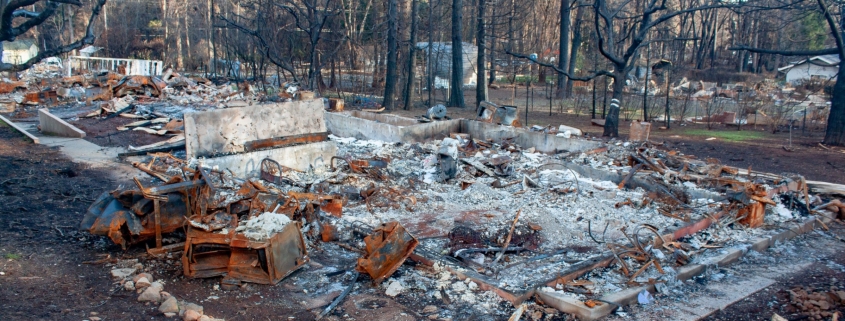

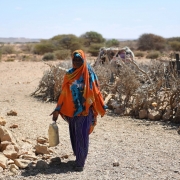
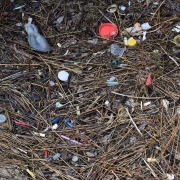
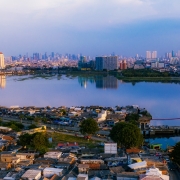
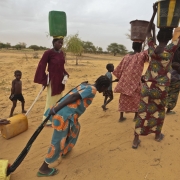
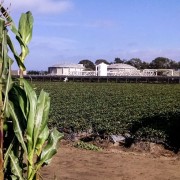



Leave a Reply
Want to join the discussion?Feel free to contribute!